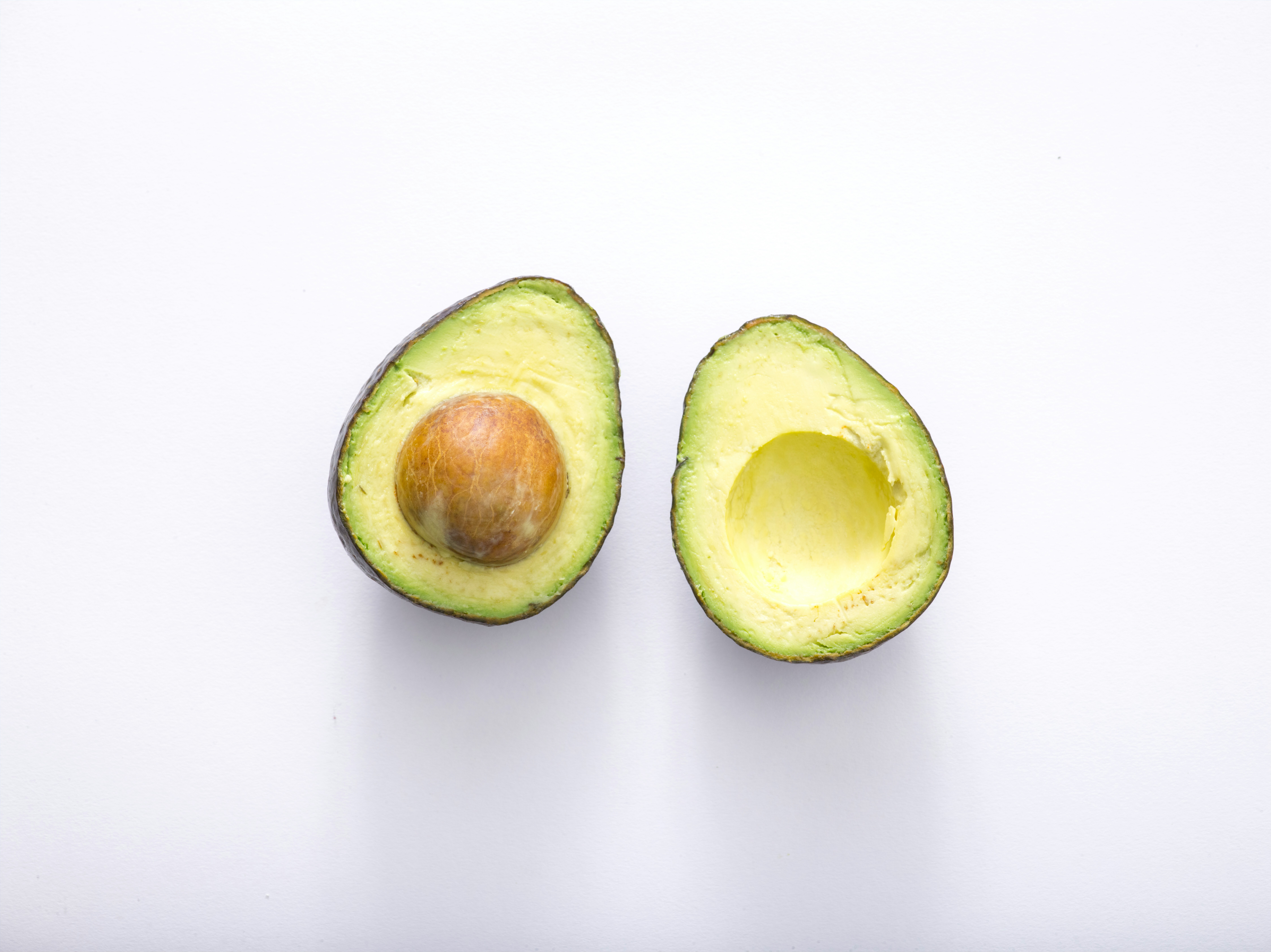Exploring the Transformative Power of Mindfulness in Everyday Life
Have you ever found yourself scrolling through your phone while sitting at a family dinner? Or maybe you’ve been at a beautiful park, but instead of soaking in the scenery, you’re lost in thoughts about tomorrow’s to-do list? These moments resonate with many of us, illustrating how modern life often pulls us away from the present. This is where mindfulness makes its entrance, striding in with a promise of peace and clarity amidst the chaos.
Mindfulness, in its simplest form, is the practice of being fully present in the moment—acknowledging our thoughts, feelings, and sensations without judgment. While this may sound deceptively simple, its transformative power can reverberate through our everyday lives in ways that are both profound and practical.
The Basics: What Is Mindfulness?
At its core, mindfulness involves paying attention to the present moment. Jon Kabat-Zinn, a pioneer in the field, defines it as “the awareness that arises from paying attention, on purpose, in the present moment, and non-judgmentally.” But let’s break that down a bit—essentially, it’s about immersing ourselves in our current experiences, whether that’s savoring a cup of coffee or feeling the warmth of the sun on our skin.
While mindfulness has roots in Buddhist traditions, it has made its way into the Western psyche over the past few decades, largely due to its mental health benefits. Research suggests that regular mindfulness practice can reduce stress, improve focus, and enhance emotional regulation. I remember reading about a study where participants who engaged in mindfulness meditation reported lower levels of anxiety—it’s almost like giving your brain a refreshing reboot.
The Science Behind Mindfulness
Speaking of studies, the scientific community has taken a keen interest in mindfulness. A significant number of research papers have emerged, showcasing its effects on brain activity, emotional health, and even physical well-being. For instance, a 2011 study by neuroscientists at Harvard found that just eight weeks of mindfulness meditation could actually lead to changes in brain structure, increasing the grey matter density in areas related to memory, sense of self, empathy, and stress regulation.
Now, I’m no neuroscientist, but that sounds pretty impressive, doesn’t it? It’s as if practicing mindfulness could reshape our brains—like sculpting clay, but with thoughts instead of hands. This is why many therapists and psychologists now incorporate mindfulness techniques into their practices, recognizing its ability to foster a greater sense of well-being.
Mindfulness in Daily Life
Incorporating mindfulness into our everyday routine doesn’t require hours of spare time. It can be as simple as a few conscious breaths before diving into your workday. Here’s how you can sprinkle a bit of mindfulness throughout your day:
- Mindful Mornings: Start your day with a few moments of gratitude. As you sip your morning coffee, take time to appreciate the aroma, the warmth of the cup in your hands, and the quietness before the day begins.
- Mindful Eating: Instead of munching on lunch while scrolling through emails, try to be present with your meal. Notice the colors, textures, and flavors. (You might even discover that you enjoy your food much more!)
- Mindful Walking: Use your commute or a stroll in the park as an opportunity to practice mindfulness. Feel your feet connect with the ground, listen to the sounds around you, and observe the world without rushing.
- Mindful Breathing: Whenever you feel stress creeping in, take a minute to focus on your breath. Inhale deeply, hold for a moment, and exhale slowly. It’s like giving your mind a mini-vacation.
These practices may seem small, but they can lead to significant changes in how we experience life. It’s like adding spices to a dish—you might not notice the individual ingredients, but the overall flavor becomes richer and more enjoyable.
Mindfulness and Emotional Resilience
Life, as we know, can get a bit wobbly. We all face challenges—whether it’s work-related stress, personal relationships, or unexpected life events. Here’s where mindfulness can play a vital role in building emotional resilience. By cultivating a mindful approach to our thoughts and feelings, we can learn to respond rather than react.
For example, consider a situation where you receive critical feedback at work. Instead of instinctively feeling defensive, mindfulness allows you to pause, acknowledge your feelings, and respond thoughtfully. It’s like pressing the “slow down” button on your instincts, giving you the space to choose your reaction wisely. I remember a time when a colleague offered me feedback that felt a bit harsh. Instead of snapping back, I took a deep breath and asked clarifying questions. The conversation turned from confrontation to collaboration, and I walked away feeling empowered rather than defeated.
Mindfulness in Relationships
Let’s not forget about the impact of mindfulness on our relationships. Whether it’s with family, friends, or partners, being present and attentive can strengthen our connections. When we practice mindfulness, we’re more likely to listen actively and respond compassionately. This can significantly enhance our communication, reducing misunderstandings and fostering deeper connections.
Imagine sitting down with a friend who is sharing something important. Instead of thinking about your response or checking your watch, you listen fully, absorbing their words and emotions. This kind of presence can be transformative. It shows that you value the relationship, ultimately leading to more meaningful interactions. I often find that when I practice mindfulness while conversing with loved ones, our discussions become more profound. It’s almost as if we’re dancing to the same rhythm, rather than stumbling over our steps.
Challenges to Practicing Mindfulness
Of course, while the benefits of mindfulness are numerous, it’s not all rainbows and butterflies. Practicing mindfulness can be challenging, particularly in our fast-paced, distraction-filled lives. Many people struggle with the idea of “not thinking.” Let’s be honest—our brains are like hyperactive puppies, darting from one thought to another. It can be frustrating to sit quietly and feel like you’re failing at it.
One realization that helped me was understanding that mindfulness isn’t about eliminating thoughts but rather acknowledging them without judgment. It’s perfectly okay to have a wandering mind; the trick is to gently bring your focus back to the present moment, like a child who keeps running off in a store. (Trust me, I’ve had my fair share of “mind-wandering” moments!)
The Role of Technology
In our digital age, technology can be a double-edged sword when it comes to mindfulness. On one hand, there are countless apps and online resources designed to help us practice mindfulness—think meditation apps, guided sessions, and mindfulness communities. On the other hand, our phones can be major distractions. Notifications, social media, and the constant barrage of information can make it difficult to stay present.
Finding a balance is key. I’ve found that designating specific times for using mindfulness apps while also setting boundaries for screen time can create a harmonious relationship with technology. For instance, I try to keep my phone out of reach during meals. It’s a simple step, but it allows me to fully engage with my food and the people around me.
Mindfulness in the Workplace
As we spend a significant portion of our lives at work, it’s worth exploring how mindfulness can enhance our professional environment. Many organizations are beginning to recognize the value of mindfulness programs, aiming to create more balanced and productive workplaces. Research suggests that mindfulness can boost creativity, improve focus, and reduce burnout. (Who wouldn’t want a bit more creativity and less stress, right?)
Some companies have implemented mindfulness workshops, meditation breaks, or even designated quiet spaces for employees to recharge. I recall hearing about a tech company that introduced “mindful minutes” during meetings—a brief moment to breathe and reset before diving into discussions. The impact was remarkable; employees reported feeling more engaged and less overwhelmed.
Mindfulness as a Lifelong Journey
It’s essential to remember that mindfulness isn’t a one-and-done deal. It’s more of a lifelong journey, one that evolves as we do. Just like learning to ride a bike—sure, you might wobble at first, but with practice, you’ll find your balance. There will be ups and downs, and some days may feel more challenging than others.
Incorporating mindfulness into your life is about finding what works for you. Some individuals thrive on structured meditation practices, while others may prefer spontaneous moments of mindfulness throughout the day. The key is to be patient with yourself and embrace the journey. I’ve had days where I felt like a mindfulness pro, and others where I couldn’t concentrate to save my life. And that’s perfectly okay.
Conclusion: Embracing Mindfulness
As we wrap up this exploration of mindfulness, it’s clear that its transformative power can truly enrich our everyday lives. From improving our emotional resilience to enhancing our relationships, mindfulness offers a wealth of benefits that are accessible to everyone. It’s not about perfection; it’s about presence. In a world that often encourages multitasking and distraction, choosing to be present is a radical act of self-care.
So, the next time you find yourself caught up in the whirlwind of life, take a moment to pause. Whether it’s a deep breath or a slow sip of your coffee, embrace the present moment. You might just discover a newfound sense of peace and clarity, one mindful moment at a time.
And who knows, maybe you’ll even be able to enjoy that family dinner without the tug of your phone—now that would be a win!






